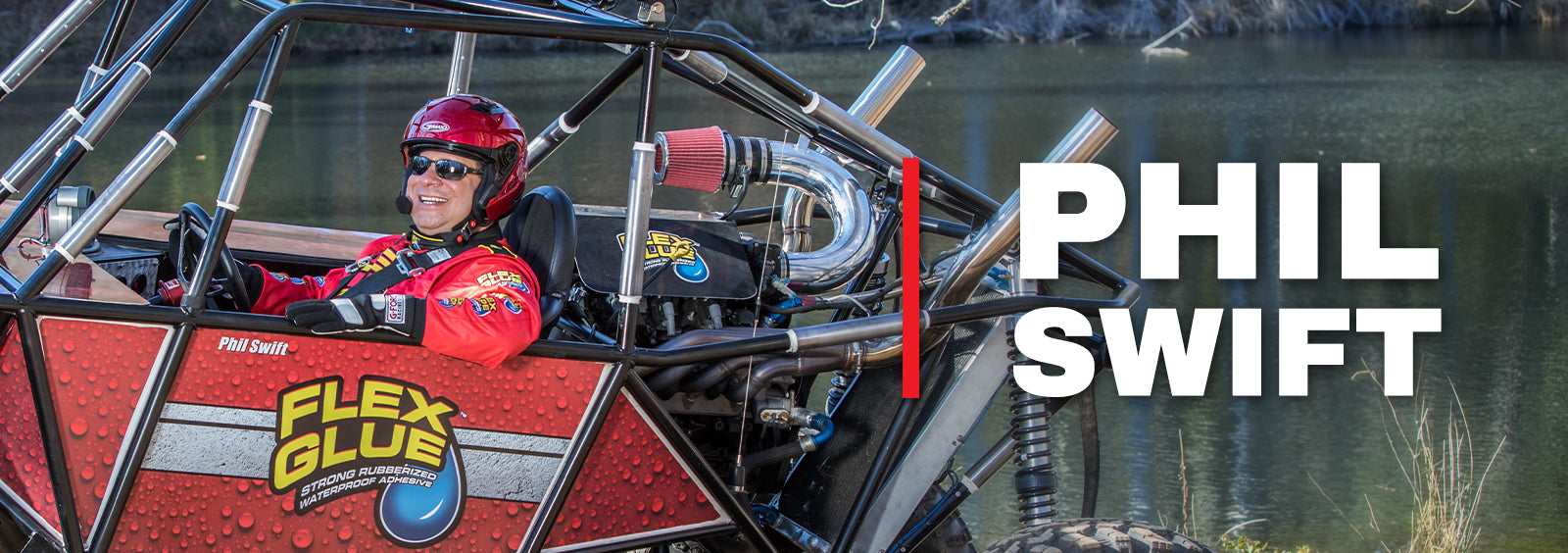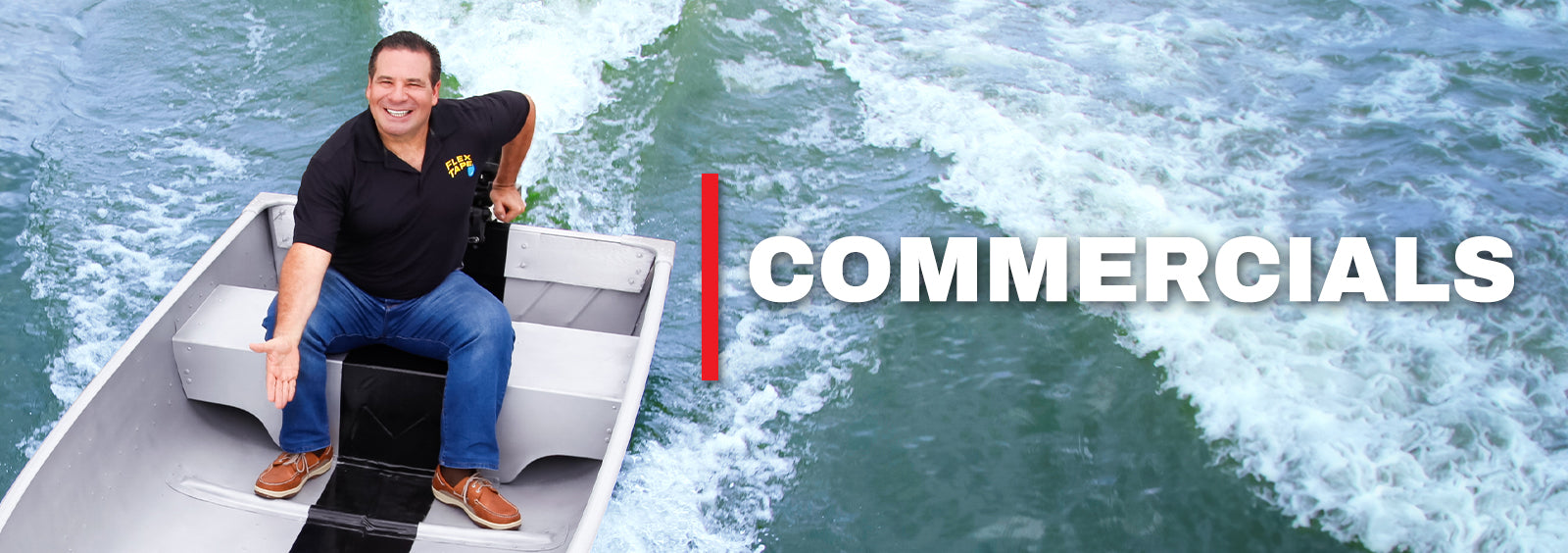Does Flex Caulk harden?
If you're tackling a home repair, sealing a bathroom, or fixing up exterior trim, you might be considering using Flex Caulk. But does Flex Caulk harden like traditional caulks?
When Flex Caulk cures, it stays flexible, by design. Its rubberized flexibility makes it a superior option when movement, moisture, or temperature changes would cause other sealants to fail.
Flex Caulk vs. Traditional Caulk: What to Expect
Flex Caulk is designed to stay flexible, unlike many traditional caulks that dry to a rigid or brittle finish. This easy-to-use caulk doesn’t require a caulking gun and is available in Hybrid and Silicone formulas. After application, Flex Caulk dries and cures, but it doesn’t harden into a stiff, inflexible line. Instead, it forms a rubberized, weather-resistant seal that is built to expand and contract with temperature changes.
This flexibility is one of Flex Caulk’s biggest advantages. It helps prevent cracking, shrinking, or peeling over time, especially in areas that experience:
-
Vibration (like RVs, vehicles, or boats)
-
Movement from temperature changes (around windows, siding, etc.)
-
Moisture exposure (bathrooms, kitchens, outdoor joints)
What Happens After Application?
-
Initial set: Within minutes, Flex Caulk starts to skin over and hold its shape.
-
Full cure: Depending on the thickness of the bead and environmental conditions, full curing usually takes 24–48 hours.
-
Flexible finish: Once cured, the sealant remains flexible, with a smooth, rubberized texture. It’s not tacky, but it doesn’t become rock-hard either.
Flex Caulk is also:
-
Mildew-resistant
-
Paintable once cured (Hybrid only)
-
UV and weather-resistant
-
Suitable for surfaces like wood, vinyl, metal, concrete, tile, glass, and more
If you're looking for a flexible sealant that won’t become brittle over time, you need Flex Caulk. Click here to get yours today.



















